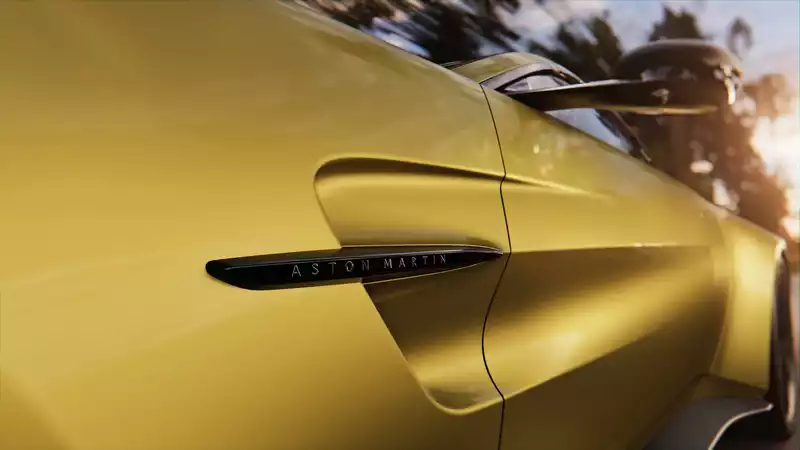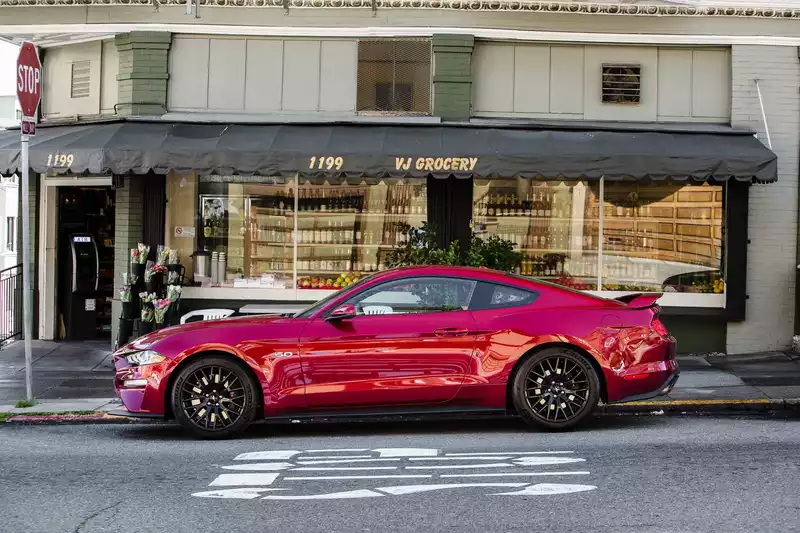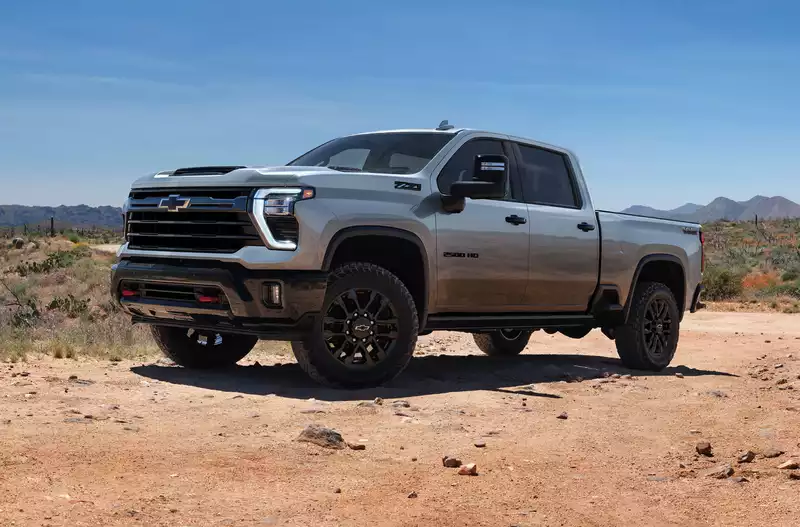Jay Leno checks out a restored Ford Mustang K-code.

Before Shelby and Boss, the Ford Mustang K-Code was the pinnacle of pony car performance. In this episode of Jay Leno's Garage, Mustang enthusiast Scott McMullen explains the importance of the K-Code and shows off this restored first-year model.
The K-Code was introduced in 1964 along with the Mustang itself, but the first cars were not registered as 1965 models until later, which is why the convertible and other first-year Mustangs featured in this video are called "1964 1/2" models. Ford offered K-code options for both coupe and convertible body styles when the fastback was introduced later in 1964.
The K-code option gave the Mustang a sportier version of the optional 289 cubic-inch V-8, with a 10.5:1 compression ratio, solid lifter camshafts, four-barrel carburetors, and heavy-duty valve springs, It boasted a high-flow exhaust manifold. These parts boosted output to 271 hp, which was sent to the rear wheels via a four-speed manual transmission with the same ratios as the later Mustang Shelby GT350.
Ford also made changes to the suspension, with input from legendary racer Dan Gurney. Interestingly, according to McMullen, after driving the prototype, Gurney preferred the heavier and less rigid Mustang convertible to the coupe. This was because the addition of a brace (diverted from the Thunderbird) lowered the convertible's center of gravity.
The K-code was a true sleeper, with "High Performance 289" badging on the front fenders. Recall that when the Mustang was introduced, Ford was not fully committed to marketing the Mustang as a performance car. Lee Iacocca then invited Carroll Shelby to develop the GT350, followed by the Shelby GT500, the Boss 429, and a series of muscle Mustangs until the end of the 1960s.
The vehicle presented here is one of the first production K-code Mustangs. McMullen says in the video that it was built in June 1964 after several delays due to parts problems. It has been restored to as close to original condition as possible. Some body panels had to be replaced, but McMullen consulted with the original owner on all details and made sure the paint finish did not exceed factory quality. In short, it is a perfect teaching tool for this important part of the Mustang's history.





